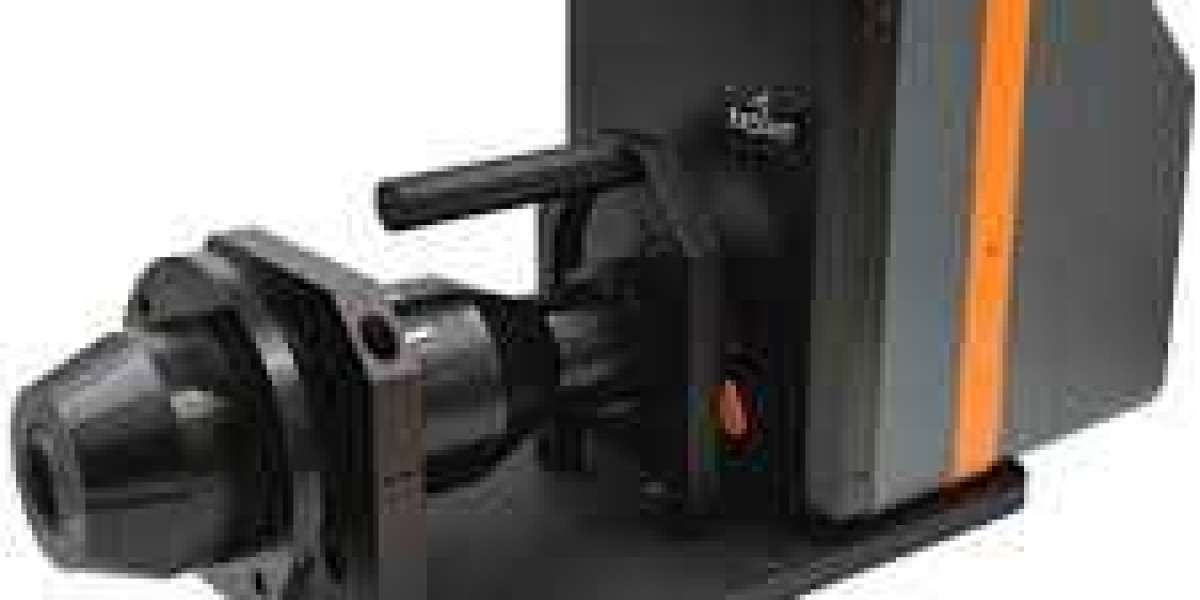A conoscope lens is a special optical lens used to study how light passes through materials. It is mainly used in optical testing, display inspection, and crystal analysis. Unlike normal lenses, a conoscope lens can capture interference patterns and measure light angles in detail. This makes it useful for industries like electronics, glass production, and research labs.
How a Conoscope Lens Works
A conoscope lens works by collecting light from a sample and forming a clear pattern. This pattern helps experts understand the material’s optical properties, such as refractive index and birefringence. The lens can be connected to microscopes or imaging devices for better analysis. It allows accurate inspection without damaging the sample.
Main Uses of a Conoscope Lens
Display Testing – Used to check screens for color accuracy and viewing angles.
Crystal Analysis – Helps identify crystal structures in materials.
Optical Research – Used in laboratories for light measurement.
Industrial Inspection – Detects flaws in glass, plastics, and transparent materials.
Benefits of a Conoscope Lens
High Precision – Captures detailed light patterns.
Non-Destructive – No damage to the tested material.
Versatile – Works in different testing environments.
Compatible – Can be used with microscopes and cameras.
Choosing the Right Conoscope Lens
When selecting a conoscope lens, consider:
Field of View – Wide enough for your testing needs.
Magnification – Matches your required level of detail.
Build Quality – Durable materials for long-term use.
Compatibility – Fits your existing equipment.
Conclusion
A conoscope lens is an important optical tool for industries and researchers. It offers high precision, versatility, and non-destructive testing for a wide range of applications. Whether in display quality checks, crystal analysis, or research, this lens helps achieve accurate results. If you work in optics or material inspection, investing in a quality conoscope lens can greatly improve your testing accuracy and efficiency.



